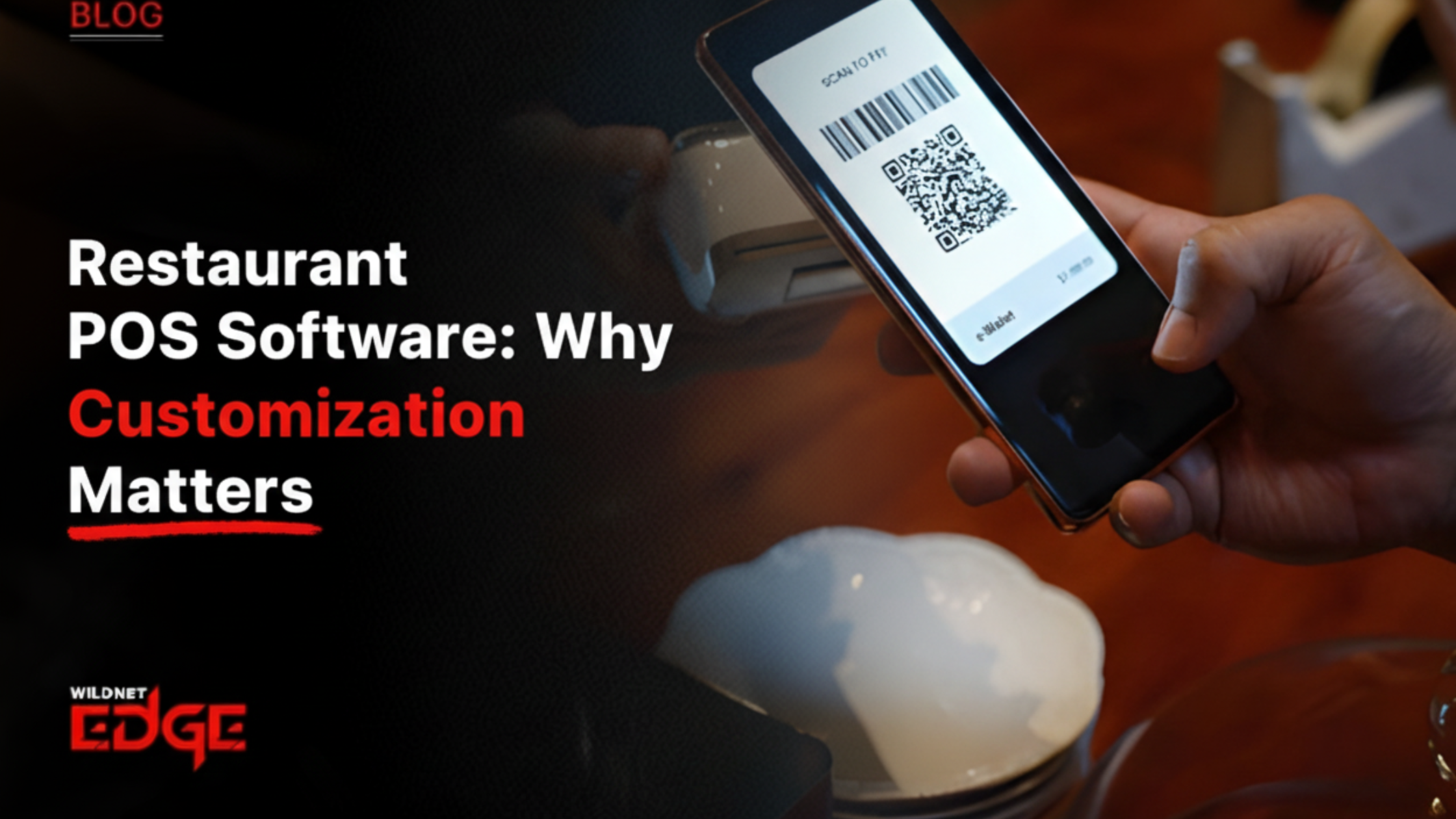In today’s rapidly evolving financial landscape, core banking integration has emerged as a critical need for banks and financial institutions. This integration allows for the unification of various banking functions, facilitating smoother operations, real-time data access, and enhanced customer service. However, as vital as it is, budgeting for core banking integration poses a significant challenge for many businesses. Are you prepared for the costs? What factors influence pricing? Understanding the financial implications of core banking integration is vital for informed decision-making, enabling organizations to allocate resources effectively. This article will delve into the costs associated with core banking integration and provide insights on how to budget effectively for these vital developments.
Understanding Core Banking Integration Pricing
The costs associated with core banking integration can vary significantly based on multiple factors. It’s essential to have a comprehensive understanding of these pricing dynamics to avoid financial pitfalls and ensure a successful integration process.
Key Cost Factors in Core Banking Integration
Several elements contribute to the total cost of core banking integration:
- Software Licensing: The costs of acquiring software licenses can be a major part of the budget. Different vendors offer various licensing models that may include one-time fees, subscription plans, or usage-based pricing.
- Hardware Expenses: Depending on the existing infrastructure, expenses could arise from purchasing new hardware or upgrading existing systems to accommodate the integrated solution.
- Development and Implementation Costs: These include the time and resources spent on customizing the software and ensuring that it effectively meets the needs of the institution.
- Training and Support: Ongoing training for staff members and continued technical support are crucial for smooth operations and can add to the overall cost.
- Integration Complexity: The complexity of integrating with legacy systems or third-party applications can significantly affect the pricing, since more intricate integrations typically require more resources.
Understanding these factors empowers businesses to forecast costs and prepare better for the financial commitment that core banking integration entails.
Examples of Core Banking Integration Costs
To help illustrate the cost landscape, consider the following hypothetical case studies:
- Small Regional Bank:
- Implementation costs (software and hardware): $150,000
- Ongoing support: $20,000 per year
- Total first-year cost: $170,000
- Mid-sized Bank:
- Implementation costs: $500,000
- Training: $50,000
- Ongoing costs for the first year: $100,000
- Total first-year cost: $650,000
- Large Banking Institution:
- Implementation costs: $2 million
- Ongoing expenses (support and enhancements): $300,000 per year
- Total first-year cost: $2.3 million
To provide a broader perspective, pricing for core banking integrations from various software development company vendors may range from $100,000 to several million dollars, depending largely on the size of the institution and the complexity of the integration process.
Selecting a Software Development Company
The choice of a software development company can make or break your core banking integration experience. Selecting the right partner involves careful consideration of numerous factors.
What to Look for in a Software Development Company
When selecting a software development company, keep the following criteria in mind:
- Proven Expertise: Look for companies with a track record in core banking projects. A solid portfolio and demonstrated success stories are crucial indicators of capability.
- Client Testimonials: Positive feedback from past clients can provide insights into the company’s reliability and service quality.
- Technical Competence: Ensure that the company possesses the technical skills required to navigate the complexities of core banking systems and integration with legacy applications.
- Long-Term Support: Choose a partner that offers ongoing support and maintenance services post-implementation. This will help ensure smooth operations as your needs evolve.
Core Banking Integration Case Studies from Top Companies
Several well-known banks have successfully navigated core banking integration with the help of proficient software development company partners:
- BBVA: This leading Spanish bank utilized a software development company to streamline its operations and improve customer service. By employing cloud-based solutions, BBVA enhanced its service delivery while reducing integration time and costs.
- Capital One: Integrating various legacy systems while adopting a more flexible infrastructure allowed Capital One to significantly lower operational costs and improve customer experience. Their collaboration with a competent software provider was key to this transformation.
- DBS Bank: Through strategic partnerships with development firms, DBS successfully integrated its banking services across mobile and online platforms, delivering seamless banking solutions to millions of customers.
These case studies highlight the impact of selecting the right partner in ensuring a successful core banking integration.
The Role of Mobile App Development Company
In the digital age, having an effective mobile platform is vital for customer engagement. Collaborating with a mobile app development company boosts the execution of core banking integration.
Benefits of Collaborating with a Mobile App Development Company
Working alongside a mobile app development company offers improved accessibility and user experience. Here are some key advantages:
- Enhanced User Experience: User-friendly interfaces and seamless functionalities can significantly enhance customer satisfaction.
- Adaptability: Mobile solutions allow for a more flexible banking experience, enabling customers to conduct transactions anytime, anywhere.
- Real-Time Notifications: Users receive instant alerts for transactions, enhancing security and customer engagement.
Engaging with a mobile app development company helps enhance and support the core banking integration strategy.
Examples of Successful Mobile App Integration
Many industries have experienced the benefits of effective mobile app integration within their core banking frameworks. Here are notable examples:
- Monzo Bank: This mobile-only bank leverages advanced mobile app features for real-time account management, budgeting tools, and instant notifications, all integrated seamlessly with core banking functions.
- Revolut: This financial technology firm integrates traditional banking services with crypto trading and spending analytics, offering customers a holistic financial experience through its mobile app.
- N26: This European bank emphasizes a mobile-first strategy, seamlessly integrating core banking services into its app, which allows users to monitor their budgeting, spend management, and account transfers with ease.
These examples underline the importance of adopting innovative mobile solutions to enhance core banking integration.
Budgeting Strategies for Core Banking Integration
Creating a well-thought-out budget is essential for any business planning core banking integration. Here are effective strategies to consider.
Creating a Realistic Budget for Core Banking Integration
To formulate a budget for core banking integration:
- Evaluate All Costs: Consider all cost factors that impact the integration, from software licenses and hardware purchases to ongoing maintenance and training.
- Incorporate Contingency Funds: Always include surplus in your budget to account for unexpected costs. A good rule of thumb is to set aside around 15-20% of the total budget as a contingency fund.
- Plan for Future Upgrades: Technologies evolve rapidly, and your budget should account for future upgrades to the banking platform or mobile app developments.
A realistic budget will help ensure that core banking integration is executed successfully without financial setbacks.
Comparing Core Banking Integration Costs Across Providers
When budgeting, it’s helpful to compare costs from several providers. Here’s a simplified comparison table to illustrate potential cost ranges across three different providers:
| Provider | Initial Cost | Annual Maintenance | Additional Costs |
| Provider A | $200,000 | $30,000 | $10,000 for upgrades |
| Provider B | $3,000,000 | $200,000 | $50,000 for training |
| Provider C | $750,000 | $80,000 | $20,000 for support |
When comparing costs, consider both short-term financial constraints and long-term operational efficiency.
Future-Proofing Your Core Banking Integration
As technological advancements continue to shape the financial landscape, it’s essential to future-proof your integration strategy.
Trends Affecting Core Banking Integration
Emerging technologies can influence pricing and operational strategies:
- Cloud Computing: With increasing reliance on cloud solutions, institutions are increasingly integrating cloud technologies, which can offer cost savings and scalability.
- AI and Machine Learning: Implementing AI for data analysis can improve service delivery and operational efficiency, impacting overall integration costs positively.
- Fintech Partnerships: Partnering with fintech solutions enables banks to rapidly adopt innovative technologies, reducing integration times and costs.
Adapting to these trends will better position your institution for future challenges.
Best Practices for Long-Term Core Banking Success
Maintaining efficiency in core banking requires dedicated strategies:
- Regular Reviews: Conduct periodic evaluations of the core banking systems to identify areas for improvement and optimize costs.
- Continuous Training: Ensure that staff is up-to-date on the latest technologies and best practices.
- Performance Metrics: Utilize data analytics to track performance metrics, helping to identify profitability and operational efficiency.
Implementing these best practices helps maintain the efficiency of core banking integrations over the long term.
Common Mistakes in Core Banking Integration
Budgeting for core banking integration can be fraught with challenges. Recognizing common pitfalls is the first step in avoiding them.
Red Flags When Budgeting for Core Banking Integration
While budgeting, be aware of the following red flags:
- Underestimating Costs: Neglecting to consider all cost factors can lead to significant budget overruns.
- Lack of a Clear Strategy: Failing to plan or establish a strategy for implementation can waste resources and contribute to project failure.
- Inadequate Research: Not researching various vendors and their pricing structures can result in missed opportunities for cost savings.
Avoiding these red flags is crucial for successful budgeting and integration.
Failing to Consider Hidden Costs in Core Banking Integration
Hidden costs can undermine your budget:
- Licensing Fees: Software vendors may include hidden fees related to licensing beyond the initial purchase.
- Ongoing Maintenance: Costs for required software or hardware maintenance can accumulate if not properly budgeted.
- Integration Complexity: The unexpected intricacies of integration can lead to additional development costs, often overlooked in initial estimates.
Being mindful of these hidden costs will allow for a more comprehensive budgeting strategy.
Conclusion
In a world where financial institutions face continuous pressures to adapt, a well-planned budget for core banking integration is crucial. By understanding the cost factors, selecting the right partners, and strategizing for future changes, organizations can navigate the complexities of core banking integration successfully. Companies like Wildnet Edge offer expert solutions in banking technology, ensuring teams are equipped to tackle these changes effectively.
Investing time and resources in precise budgeting allows businesses to not only execute core banking integration seamlessly but also to thrive in a competitive digital landscape.
FAQs
Core banking integration refers to the unification of banking functions across systems to streamline processes and enhance customer service.
The primary cost factors include software licenses, hardware expenses, ongoing support costs, and development requirements.
Look for companies that have expertise in banking technology, a solid portfolio, and positive client testimonials.
Mobile app development companies enhance user experience, providing customers with seamless access to banking services, thus improving satisfaction.
Avoiding underestimating costs, overlooking hidden expenses, and failing to plan for long-term maintenance are common pitfalls.

Nitin Agarwal is a veteran in custom software development. He is fascinated by how software can turn ideas into real-world solutions. With extensive experience designing scalable and efficient systems, he focuses on creating software that delivers tangible results. Nitin enjoys exploring emerging technologies, taking on challenging projects, and mentoring teams to bring ideas to life. He believes that good software is not just about code; it’s about understanding problems and creating value for users. For him, great software combines thoughtful design, clever engineering, and a clear understanding of the problems it’s meant to solve.
 sales@wildnetedge.com
sales@wildnetedge.com +1 (212) 901 8616
+1 (212) 901 8616 +1 (437) 225-7733
+1 (437) 225-7733































